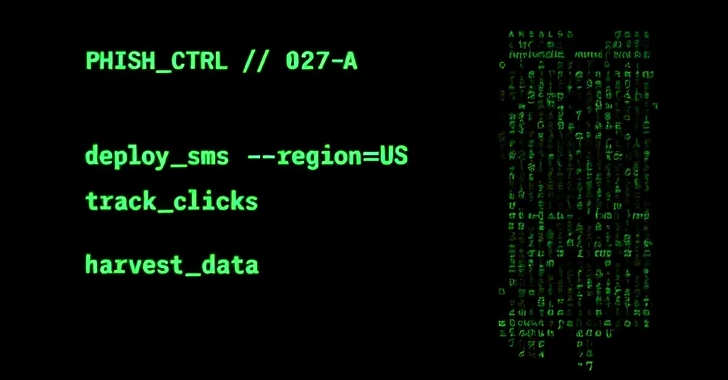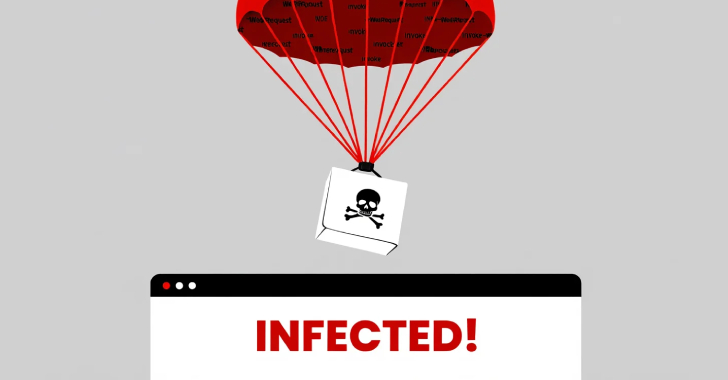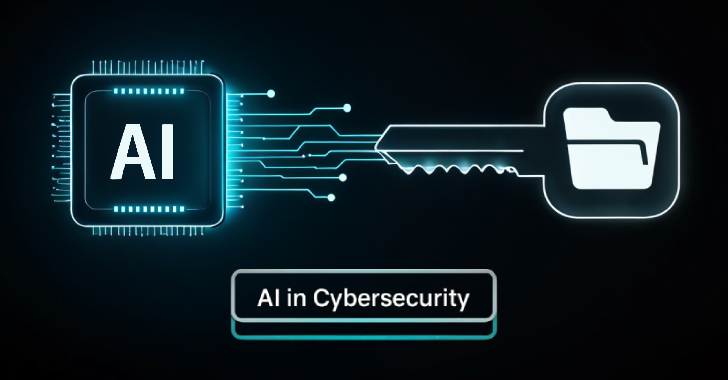
Simplify Your Penetration Testing
Penetration testing, or “pen testing”, is an essential tool in the security arsenal of organizations. At its core, it’s about ethically hacking into systems to uncover vulnerabilities before malicious actors do. But as technology evolves and systems become more complex, penetration testing can sometimes seem daunting. However, breaking down this process and employing strategic tactics can make it more straightforward and effective.
- Understand the Why: Set Clear Objectives
Penetration testing isn’t about discovering as many vulnerabilities as possible; it’s about understanding risks. Before starting any testing, have a clear goal. Whether it’s compliance-driven, understanding the threat landscape, or ensuring the security of a new application, a focused objective will streamline the testing process.
- Use Automation, but Don’t Rely Solely on It
Thanks to advancements in technology, there are numerous automated tools available, like Metasploit, Burp Suite, and Nessus. These tools can quickly scan systems and identify common vulnerabilities. However, while automation can enhance efficiency, it can’t replace human intuition and ingenuity. Skilled penetration testers often find flaws that automated tools overlook. Therefore, strike a balance between automated scanning and manual exploration.
- Embrace a Phased Approach
Breaking down the penetration testing process into phases can simplify the task:
Reconnaissance: This initial phase involves gathering as much information about the target system without directly interacting with it. Use tools like Nmap and Shodan for this.
Scanning and Enumeration: Here, testers interact directly with the target system to find open ports and services. Tools such as Wireshark and Nikto are invaluable in this phase.
Exploitation: This phase is about identifying vulnerabilities and trying to exploit them. Frameworks like Metasploit come into play here.
Post-exploitation: Once access is gained, testers assess the impact and understand what a malicious actor could do within the system.
Reporting: This might be the most crucial phase. Deliver a clear and actionable report, highlighting vulnerabilities, potential impacts, and recommended remediations.
- Keep Tools Updated
While this may seem obvious, it’s essential to underscore. The cybersecurity landscape is always changing, with new vulnerabilities and threats emerging daily. Using outdated tools can leave significant vulnerabilities undetected. Regularly updating and patching your tools ensures you’re armed with the latest knowledge.
- Incorporate Threat Intelligence
Threat intelligence can give you insights into what specific vulnerabilities or attack vectors cybercriminals currently exploit. By integrating this intelligence into your penetration testing routine, you can prioritize tests around the most pressing and relevant threats.
- Foster Collaboration
Consider penetration testing as a collaborative process rather than a lone-wolf activity. Collaboration allows for pooling of skills, perspectives, and expertise. Tools like Slack or Discord can facilitate real-time communication among testers. Moreover, platforms like GitHub can be invaluable for sharing scripts, tools, or methodologies.
- Stay Ethical and Legal
An ethical hacker always has permission to perform tests. Remember to have written consent and set clear boundaries before testing. Accidentally affecting real customers, or straying outside of agreed-upon boundaries, can have legal and reputational repercussions.
- Seek Continuous Learning
The world of cybersecurity is not static. To remain effective, penetration testers must be perpetual learners. Engage in online communities, attend webinars, read the latest research, and consider certifications such as CEH (Certified Ethical Hacker) or OSCP (Offensive Security Certified Professional).
- Simplify Reporting with Templates
While every pen test is unique, there are certain elements like executive summaries, vulnerability details, and remediation recommendations that remain consistent. Using a reporting template can streamline this phase, ensuring that stakeholders get the insights they need in a format they expect.
- Seek Feedback
After each test, solicit feedback from stakeholders. Did the test meet its objectives? Were the findings actionable? What could be done differently next time? Constructive feedback can refine and improve future penetration tests.
In conclusion, while penetration testing might seem intricate at first glance, simplifying and strategizing can make the process more approachable and efficient. By staying updated, setting clear objectives, embracing collaboration, and always seeking improvement, organizations can ensure that their systems remain robust and secure in a continually evolving digital landscape.
Contact Cyber Defense Advisors to learn more about our Penetration Testing solutions.





